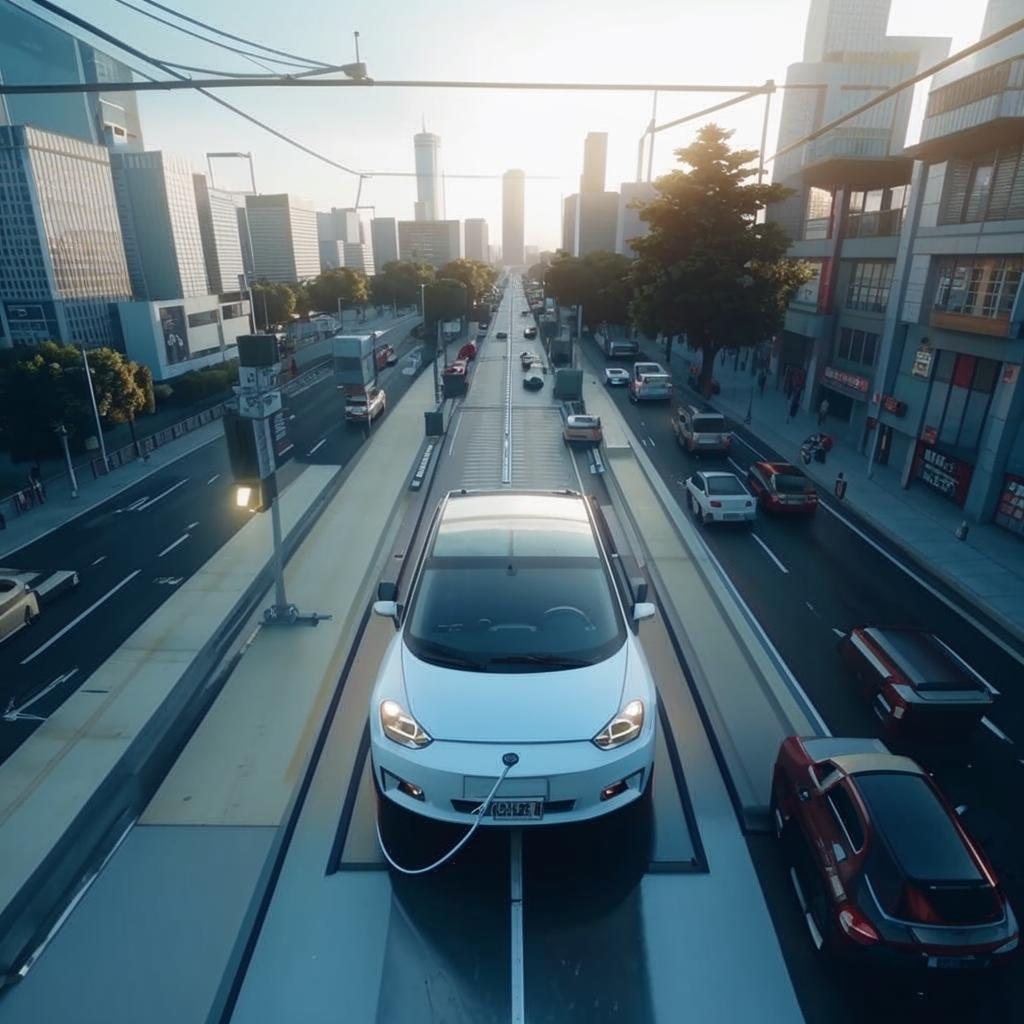The rapid growth of electric vehicles (EVs) presents both exciting possibilities and serious challenges for existing power grids. As more drivers switch to EVs, the demand for electricity rises dramatically, straining the current infrastructure. This surge necessitates significant upgrades and investments in grid capacity, distribution networks, and charging infrastructure.
One major hurdle is the uneven distribution of charging needs. High-density urban areas may experience particularly acute pressure on local grids as many apartment dwellers lack access to home charging. Simultaneously, rural areas may require substantial infrastructure investment to support widespread EV adoption.
Smart charging technologies offer a potential solution. By optimizing charging schedules to coincide with periods of lower electricity demand or increased renewable energy production, grid operators can reduce strain and improve efficiency. Furthermore, vehicle-to-grid (V2G) technology, where EVs can feed energy back into the grid, holds promise for stabilizing the grid and providing ancillary services.
However, realizing these benefits requires collaboration between automakers, utility companies, and policymakers. Clear regulatory frameworks, supportive government policies, and strategic infrastructure investments are essential to ensure a smooth transition to an electrified transportation future. The environmental benefits of EVs are undeniable, but careful planning and proactive measures are critical to prevent gridlock on the electrical grid itself. Addressing these challenges is essential to unlock the full potential of EVs and ensure a sustainable transportation system. This transition requires investment, cooperation, and smart grid management for successful implementation.















